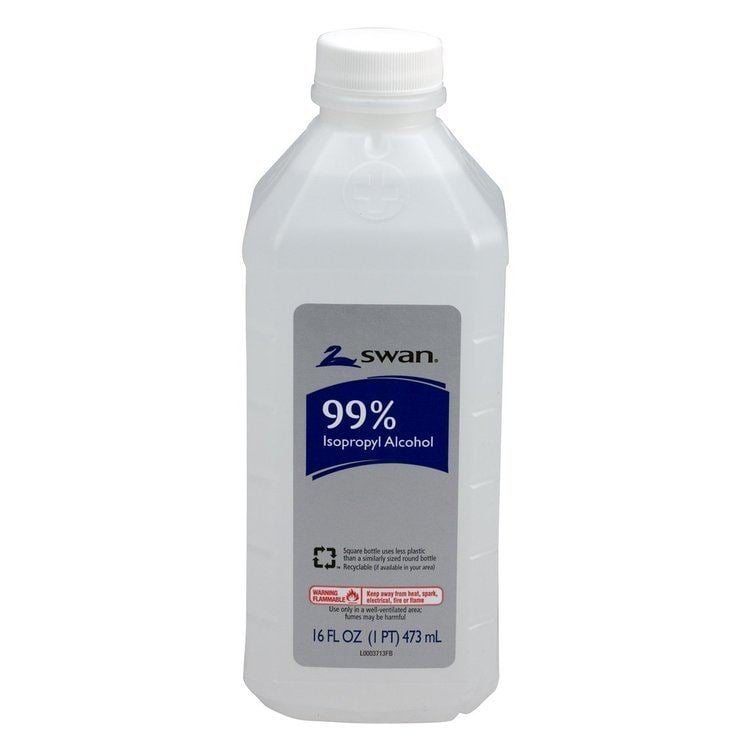 | ||
6 amazing uses of rubbing alcohol
Rubbing alcohol refers to either isopropyl alcohol (propan-2-ol) or ethanol based liquids, or the comparable British Pharmacopoeia defined surgical spirit, with isopropyl alcohol products being the most widely available. Rubbing alcohol is inedible even if it is ethanol based, due to the bitterants added.
Contents
- 6 amazing uses of rubbing alcohol
- 8 unusual uses for rubbing alcohol
- History
- Properties
- US legislation
- Warnings
- References

They are liquids used primarily as a topical antiseptic. They also have many industrial and household uses. The term "rubbing alcohol" has become a general non-specific term for either isopropyl alcohol (isopropanol) or ethyl alcohol (ethanol) rubbing-alcohol products.
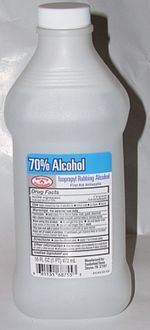
The United States Pharmacopeia defines 'isopropyl rubbing alcohol USP' as containing approximately 70 percent by volume of pure isopropyl alcohol and defines 'rubbing alcohol USP' as containing approximately 70 percent by volume of denatured alcohol. In Ireland and the UK, the comparable preparation is surgical spirit B.P., which the British Pharmacopoeia defines as 95% methylated spirit, 2.5% castor oil, 2% diethyl phthalate, and 0.5% methyl salicylate. Under its alternative name of "wintergreen oil", methyl salicylate is a common additive to North American rubbing alcohol products. Individual manufacturers are permitted to use their own formulation standards in which the ethanol content for retail bottles of rubbing alcohol is labeled as and ranges from 70-99% v/v.
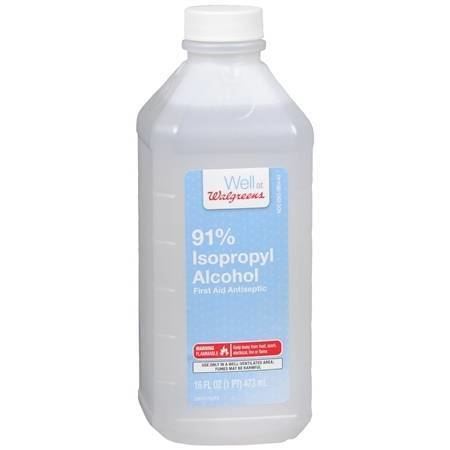
All rubbing alcohols are unsafe for human consumption: isopropyl rubbing alcohols do not contain the ethyl alcohol of alcoholic beverages; ethyl rubbing alcohols are based on denatured alcohol, which is a combination of ethyl alcohol and one or more bitter poisons that make the substance toxic.
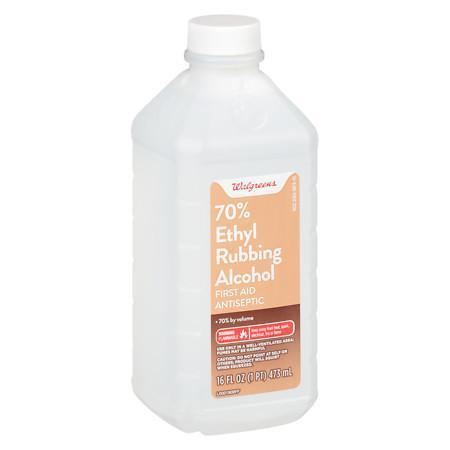
8 unusual uses for rubbing alcohol
History
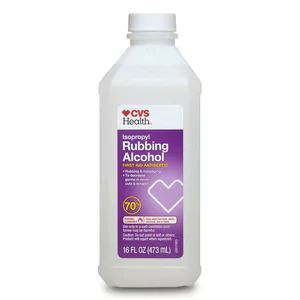
The term "rubbing alcohol" came into prominence in North America in the mid-1920s. The original rubbing alcohol was literally used as a liniment for massage; hence the name. This original rubbing alcohol was rather different from today's precisely formulated surgical spirit; in some formulations it was perfumed and included different additives, notably a higher concentration of methyl salicylate.
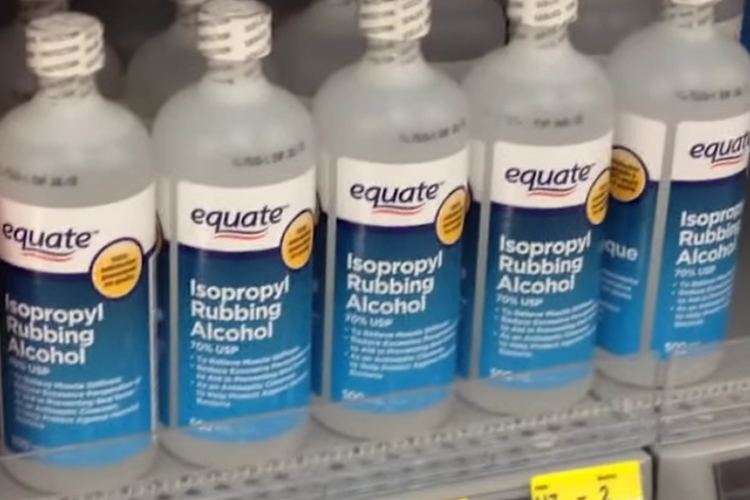
The name "rubbing" also emphasized that the alcohol was not intended for consumption, a significant distinction in Prohibition-era America; nonetheless it had become a well-documented surrogate alcohol as early as 1925.
Properties
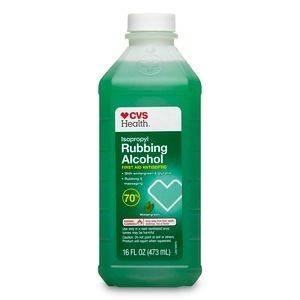
All rubbing alcohols are volatile and flammable. They have an extremely bitter taste from additives. The specific gravity of Formula 23-H is between 0.8691 and 0.8771 at 15.56 °C (60.01 °F).
Isopropyl rubbing alcohols contain from 50% to 99% by volume of isopropyl alcohol, the remainder consisting of water. Boiling points vary with the proportion of isopropyl alcohol from 80 °C (176 °F) to 83 °C (181 °F); likewise freezing point vary from −32 °C (−26 °F) to −50 °C (−58 °F). Surgical spirit BP boils at 80 °C (176 °F).
Naturally colorless, products may contain color additives. They may also contain medically-inactive additives for fragrance, such as wintergreen oil (methyl salicylate), or for other purposes.
US legislation
To protect alcohol tax revenue in the United States, all preparations classified as Rubbing Alcohols (defined as those containing ethanol) must have poisonous additives to limit human consumption in accordance with the requirements of the US Treasury Department, Bureau of Alcohol, Tobacco, and Firearms, using Formula 23-H (8 parts by volume of acetone, 1.5 parts by volume of methyl isobutyl ketone, and 100 parts by volume of ethyl alcohol). It contains 87.5–91% by volume of absolute ethyl alcohol. The rest consists of water and the denaturants, with or without color additives, and perfume oils. Rubbing alcohol contains in each 100 ml more than 355 mg of sucrose octaacetate or more than 1.40 mg of denatonium benzoate. The preparation may be colored with one or more color additives. A suitable stabilizer may also be added.
Warnings
Product labels for rubbing alcohol include a number of warnings about the chemical, including the flammability hazards and its intended use only as a topical antiseptic and not for internal wounds or consumption. It should be used in a well-ventilated area due to inhalation hazards. Poisoning can occur from ingestion, inhalation, absorption, or consumption of rubbing alcohol.
